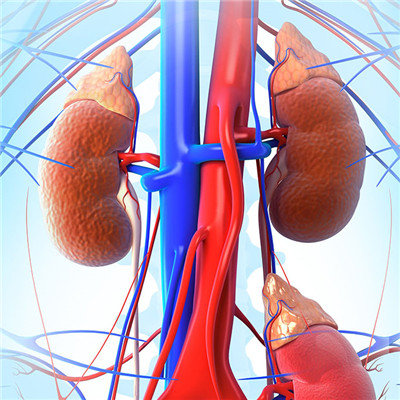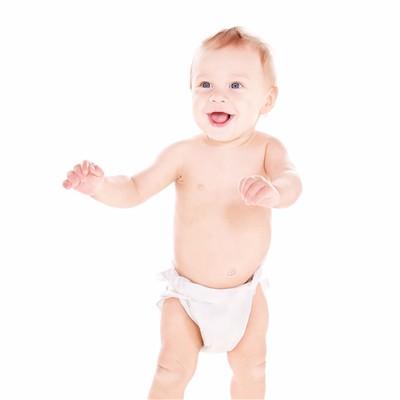How does infantile acute laryngitis do?
summary
Acute laryngitis occurs in winter and spring. It needs active treatment. Recently, due to the weather, the number of patients with acute laryngitis is increasing, especially children. As the early symptoms of acute laryngitis are similar to common cold, it is easy to be confused. Some of them have not been paid enough attention, resulting in delay in the treatment of children's condition, and even life-threatening. Let's take a look at the following.
How does infantile acute laryngitis do?
First: "acute laryngitis" ≠ "throat inflammation" some parents mistakenly believe that "acute laryngitis" is an ordinary "throat inflammation", it doesn't matter. In fact, our understanding of the "throat" often refers to the large area behind the mouth and nose, while the medical anatomy of the "throat" is deeper, which refers to the narrowest part of the whole respiratory tract. When "laryngitis" occurs, the local congestion and edema of the larynx will lead to the narrower part of the larynx. If the edema is obvious, it will block the respiratory tract and cause asphyxia. If it is serious, it will be life-threatening.
Second: "laryngitis" has a fast onset and serious disease, so we can't delay a night emergency. Suddenly, we heard the voice of "help" coming from the hall. We saw a 1-year-old child's face was grayish purple, breathing very hard, and his throat was hoarse. He was extremely agitated because he couldn't breathe, and occasionally accompanied by "empty, empty" cough. This is a typical acute laryngitis attack, and this child is likely to have caused severe laryngeal obstruction!
Third: children are much more dangerous than adults. Some parents say, "I've also had laryngitis. It's not so serious." Yes, for adults, "laryngitis" may only make their voice hoarse. For children, because their larynx is narrower than that of adults, their mucous membrane is more delicate. Once they become inflamed and edematous, their condition often worsens rapidly, which is very critical. Acute laryngitis often occurs in children between 6 months and 3 years old. Children in this age group have low resistance, and their swallowing function is not perfect. In addition, they do not know how to show their dyspnea. Some parents may mistakenly think that they are just inflammatory symptoms caused by common cold, which leads to untimely medical treatment and delayed treatment.
matters needing attention
Parents should pay special attention to young children with abnormal cough. If the child is found hoarse, "empty, empty" cough, or even sudden dyspnea at night, parents should pay enough attention to it, and must see a doctor in time, so as not to delay the best time for treatment. In the process of sending the child to hospital, try to appease the child, avoid aggravating the child's tension and irritability, do not wear too much clothes, and let the child lie on his side to keep the respiratory tract smooth as far as possible.
















